Historic and religious structures in Macedonia hold immense importance as both cultural treasures and symbols of the country’s rich heritage. These architectural gems serve as repositories of history, chronicling the evolution of Macedonian society from ancient times to the present day.
Their intricate designs, intricate frescoes, and impressive craftsmanship showcase the artistic prowess of generations past. Beyond their aesthetic beauty, these structures are places of spiritual significance, providing a space for reflection, worship, and cultural continuity. They are living testaments to the enduring faith and traditions of Macedonian people, serving as links between the past, present, and future. Preserving and appreciating these structures is not only a source of national pride but also an invitation for visitors to immerse themselves in the captivating tapestry of Macedonian history and culture.
Macedonia boasts a rich history and diverse architectural heritage, with numerous unique structures that reflect the country’s cultural and historical significance. Here are ten distinctive architectural landmarks in Macedonia:
Table of Contents
Skopje Fortress
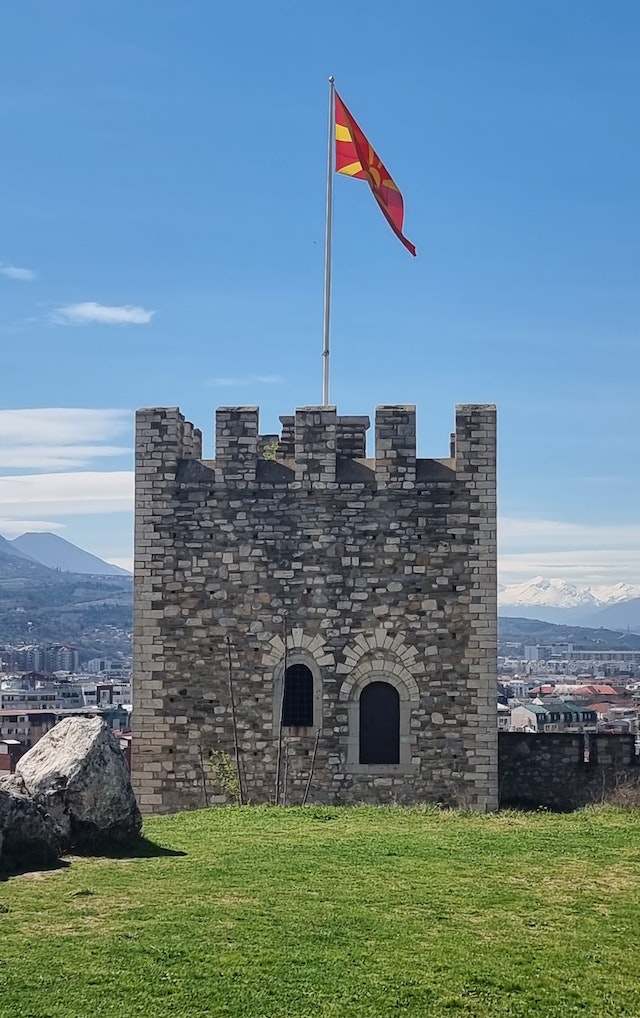
Skopje Fortress, known locally as “Kale Fortress,” is a historic and iconic landmark situated in the heart of Skopje, the capital city of North Macedonia. This imposing fortress has a history that stretches back over 1,000 years, making it one of the oldest and most significant architectural remnants in the region. Originally built during the reign of the Byzantine Emperor Justinian I in the 6th century, the fortress has undergone various transformations, reflecting the complex history of Skopje.
Today, the fortress offers visitors a chance to step back in time and explore its well-preserved walls, towers, and ramparts. From the fortress’s elevated position, you can enjoy breathtaking panoramic views of Skopje, including the Vardar River and the modern cityscape. The structure’s architectural blend of Byzantine, Ottoman, and medieval elements is a testament to the city’s diverse cultural heritage.
Skopje Fortress serves not only as a historical attraction but also as a symbol of resilience and continuity. Its enduring presence amidst the modern cityscape underscores the importance of preserving North Macedonia’s rich history and cultural legacy. It is a must-visit destination for history enthusiasts and travelers seeking a deeper connection to the region’s past.
The Church of Sts. Clement and Panteleimon

The Church of Sts. Clement and Panteleimon, located in the enchanting town of Ohrid, North Macedonia, is a remarkable testament to the country’s rich cultural and religious heritage. This medieval church, constructed in the 10th century, is a masterpiece of Macedonian Byzantine architecture and is renowned for its well-preserved frescoes, earning it a well-deserved place on the UNESCO World Heritage list.
The exterior of the church is unassuming, with its modest stone facade, but upon entering, visitors are transported into a world of stunning artistry. The interior is adorned with an array of intricate frescoes, featuring vivid depictions of religious scenes and saints, showcasing the craftsmanship of the era. The most famous fresco is the arresting image of St. Panteleimon, the patron saint of healing, which adds to the church’s spiritual ambiance.
The Church of Sts. Clement and Panteleimon also stands as a testament to the early Christian heritage of the region, offering insights into the religious and artistic traditions of medieval Macedonia. It provides a unique opportunity for visitors to connect with the past and appreciate the enduring beauty of Byzantine art and spirituality.
Stone Bridge
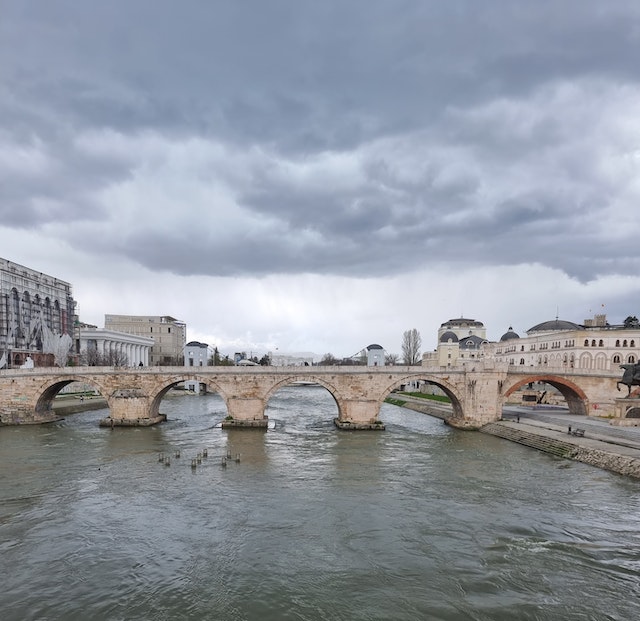
The Stone Bridge, known locally as “Kameni Most,” is an iconic symbol of Skopje, the capital city of North Macedonia. This historic bridge, which spans the Vardar River, is not just a vital transportation link; it’s a testament to the city’s rich history and cultural heritage. While the exact date of its construction is debated, it is believed to have been initially built in the 6th or 7th century during the Byzantine era and has undergone several renovations and reconstructions over the centuries.
The Stone Bridge is a classic example of Ottoman bridge architecture, characterized by its stone arches and distinctive stone blocks. Its elegant and enduring design has made it an enduring symbol of Skopje, and it remains a popular gathering place for locals and tourists alike. The bridge offers stunning views of the Vardar River and the surrounding cityscape, and it connects the modern, vibrant heart of Skopje with the historic Old Bazaar, creating a tangible link between the past and present.
Beyond its architectural significance, the Stone Bridge has witnessed countless historical events and cultural shifts, making it a living witness to North Macedonia’s complex and diverse history. It stands as a cherished landmark, uniting people and cultures and serving as a timeless testament to Skopje’s enduring spirit.
Matka Canyon
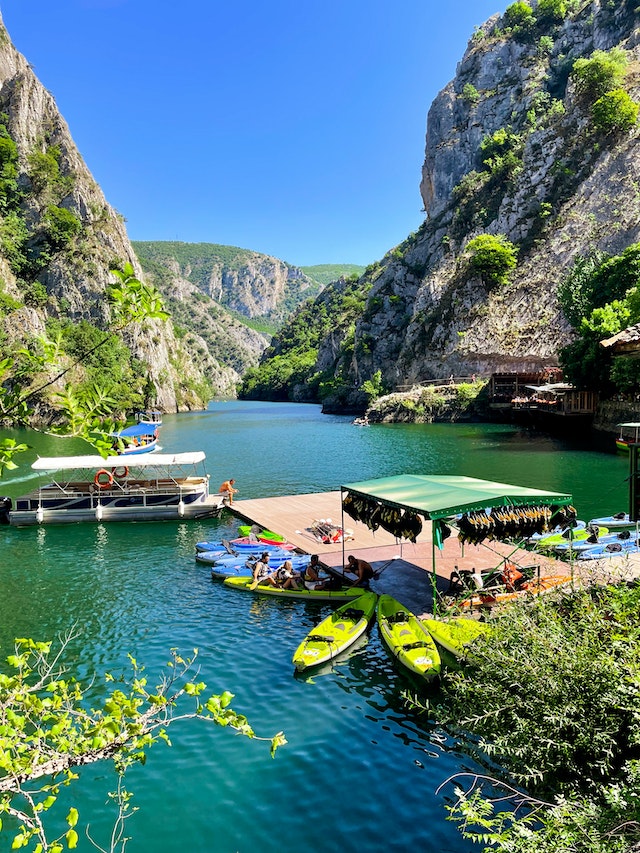
Matka Canyon, a natural wonder located just a short drive from Skopje, North Macedonia’s capital, is a haven of stunning natural beauty and outdoor adventure. Carved by the Treska River, this limestone canyon is famous for its dramatic cliffs, lush greenery, and the pristine Matka Lake. The canyon stretches over 15 kilometers and is home to numerous caves, many of which are still unexplored, adding an air of mystery to the region.
Matka Canyon is a paradise for nature enthusiasts and adventure seekers. Hiking trails wind their way through the canyon, offering breathtaking vistas of the surrounding cliffs and the tranquil lake below. One of the highlights is Vrelo Cave, one of the deepest underwater caves in Europe, where visitors can explore the underground world by boat.
The canyon is also a birdwatcher’s delight, with a rich avian population, including eagles and falcons. Kayaking and boat trips on Matka Lake provide a unique perspective on the canyon’s beauty. The area is also home to the medieval St. Andrew’s Monastery, perched on a cliff overlooking the canyon.
Matka Canyon is a natural escape, offering a serene and picturesque retreat from the bustle of city life. It’s a place where visitors can connect with nature, explore hidden caves, and immerse themselves in the tranquility of this pristine Macedonian gem.
Monastery of Saint Naum
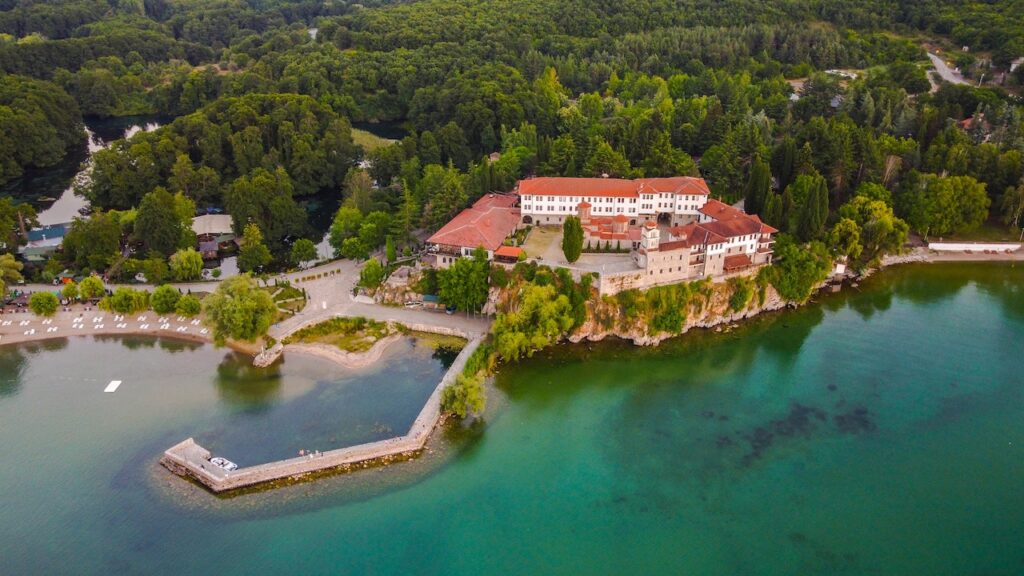
The Monastery of Saint Naum, nestled on the southern shores of Lake Ohrid in North Macedonia, is a place of profound spiritual significance and natural beauty. Founded in the 9th century by the medieval Bulgarian saint, Saint Naum of Ohrid, this monastery is a testament to the rich cultural and religious heritage of the region.
The monastery complex is a masterpiece of Byzantine architecture, featuring a stunning church adorned with intricate frescoes, some of which date back to the 16th century. These frescoes depict scenes from the life of Saint Naum and other religious motifs, offering a vivid glimpse into the artistic traditions of the time.
One of the most remarkable features of the monastery is the fresh springs that feed into Lake Ohrid, known as “Saint Naum’s Springs.” Legend has it that Saint Naum himself created these springs by striking a rock with his staff, and today, the crystal-clear waters are said to have healing properties.
The tranquil setting of Saint Naum Monastery, surrounded by lush forests and with breathtaking views of Lake Ohrid, provides a serene atmosphere for contemplation and spiritual reflection. Visitors can explore the grounds, relax by the lake, or take a boat ride to the nearby springs. It’s a place where the natural beauty of Macedonia’s landscapes harmoniously coexists with its rich religious heritage, offering a unique and soul-soothing experience for all who visit.
Kokino Observatory
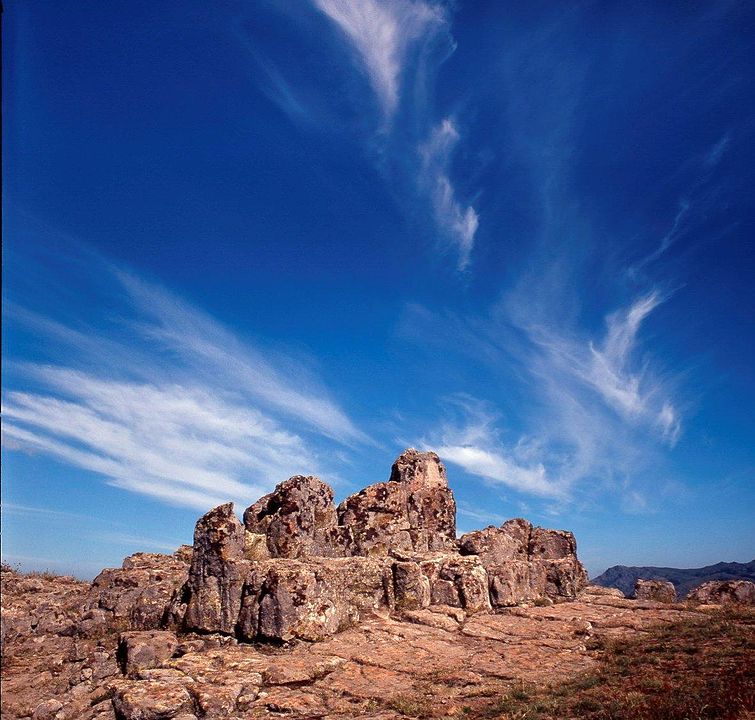
Kokino Observatory, often referred to as the “Macedonian Stonehenge,” is a remarkable ancient site located near the town of Kumanovo in North Macedonia. Dating back over 3,800 years, Kokino is one of the oldest astronomical observatories in the world and holds immense historical and scientific significance.
The observatory consists of stone markers and platforms arranged in a precise manner to track celestial events, such as the movement of the sun and moon. It was primarily used by the ancient inhabitants for calendrical, religious, and agricultural purposes. The site’s layout allows for precise observations during the summer and winter solstices, as well as other celestial phenomena.
Kokino Observatory’s unique design showcases the advanced knowledge of astronomy possessed by its ancient builders. It provides invaluable insights into the scientific achievements and cultural practices of early civilizations in the Balkans. In 2005, Kokino was designated a UNESCO World Heritage site, recognizing its importance as a historical and astronomical treasure. Today, it remains a captivating destination for archaeologists, astronomers, and curious travelers interested in exploring the ancient mysteries of the cosmos.
Mother Teresa Memorial House
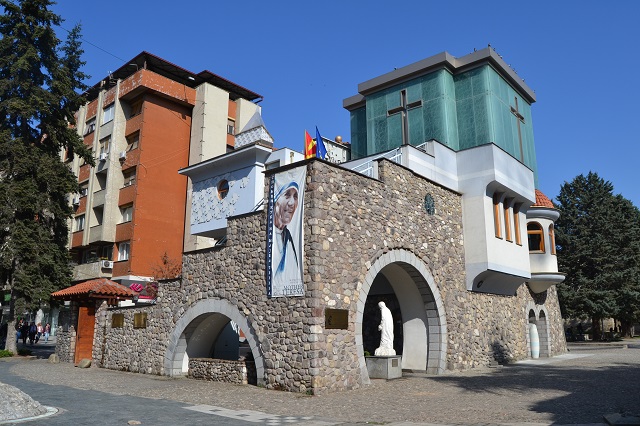
The Mother Teresa Memorial House, located in Skopje, North Macedonia, is a deeply significant and revered cultural institution dedicated to the life and legacy of one of the world’s most beloved figures, Mother Teresa. Born as Anjezë Gonxhe Bojaxhiu in Skopje in 1910, Mother Teresa went on to become a symbol of compassion and selflessness through her tireless work caring for the poor and sick in India. The Memorial House is housed in the former Church of the Sacred Heart of Jesus, where Mother Teresa was baptized, and it showcases a comprehensive collection of artifacts, photographs, and exhibits chronicling her life, from her early years in Skopje to her global humanitarian efforts. The museum’s design incorporates elements of both a church and a modern museum, offering a serene space for reflection and reverence. The Memorial House stands as a testament to Mother Teresa’s enduring legacy of love and service to humanity, attracting visitors from around the world who come to pay homage to this remarkable Nobel laureate and saintly figure. It is a place of inspiration and a poignant reminder of the power of compassion and selflessness in making the world a better place.
Ancient Theatre of Ohrid
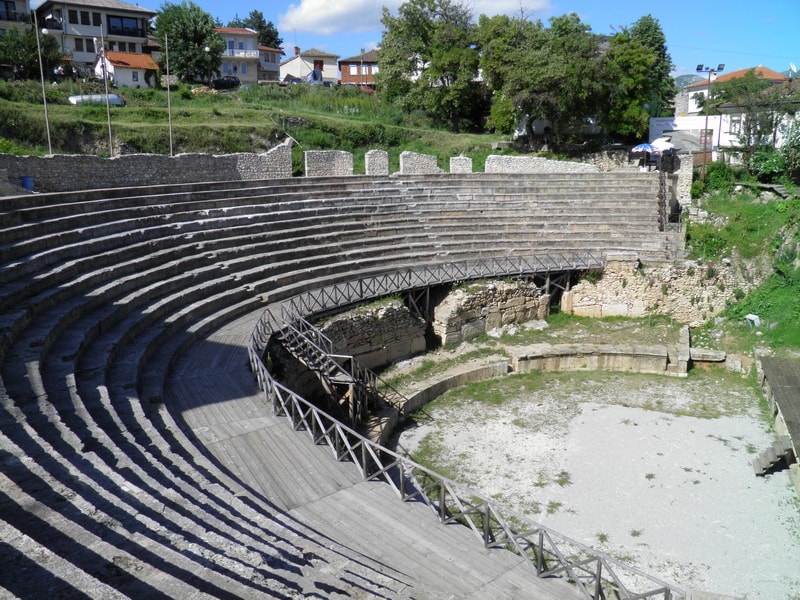
The Ancient Theatre of Ohrid, nestled on the shores of Lake Ohrid in North Macedonia, is a captivating historical gem that speaks to the city’s illustrious past. Built during the 3rd century BC, this well-preserved ancient theater is a testament to the rich cultural and artistic heritage of the region. With its striking Hellenistic architecture and a seating capacity of around 4,000 spectators, it was once a venue for various performances, including Greek tragedies, comedies, and musical events.
What makes the Ancient Theatre of Ohrid particularly fascinating is its scenic location. Set against the backdrop of the picturesque Lake Ohrid and surrounded by lush greenery, it offers a unique and breathtaking setting for cultural events. The acoustics of the theater are remarkable, allowing for excellent sound propagation, which was crucial in the absence of modern sound systems.
Today, this historic theater is not just a historical site but also a cultural hub. It hosts a variety of performances and events, including theatrical productions, concerts, and festivals, connecting the contemporary community with the artistic traditions of antiquity. The Ancient Theatre of Ohrid is a symbol of the city’s enduring commitment to preserving its cultural legacy and providing a platform for the arts to flourish. Visitors can explore its history, attend performances, or simply savor the tranquility and beauty of the site, making it a must-visit destination for those seeking a blend of history, culture, and natural splendor.
Stobi
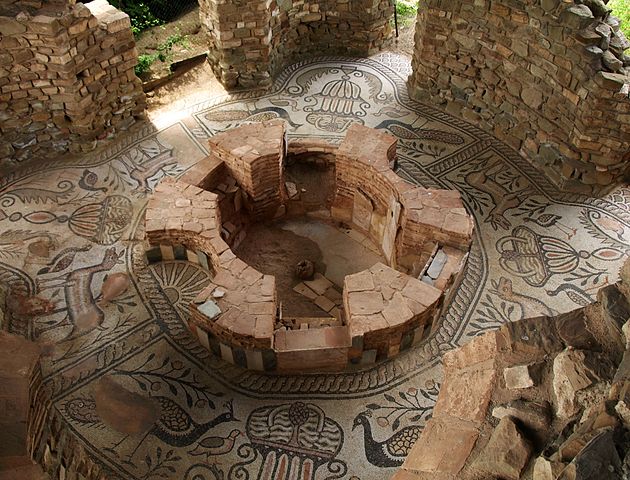
Stobi, often referred to as “The Pompeii of the Balkans,” is an exceptional archaeological site situated in central North Macedonia, near the town of Gradsko. This ancient city was once a pivotal crossroads of the Roman Empire, serving as a significant hub for trade and culture during its heyday in the 2nd and 3rd centuries AD.
Stobi’s historical importance is evident in its well-preserved ruins, which include remnants of Roman theaters, basilicas, palaces, and city walls. One of its most notable features is the Large Basilica, an impressive early Christian church adorned with exquisite mosaics depicting various scenes from the Bible. These mosaics offer a glimpse into the artistic and religious traditions of the time.
Stobi’s strategic location at the confluence of the rivers Vardar and Crna, as well as its proximity to the Via Egnatia, a major Roman road, made it a bustling center for commerce and a melting pot of different cultures. Its decline came with the fall of the Roman Empire, and it was eventually abandoned in the 6th century.
Today, Stobi stands as a captivating archaeological site that invites visitors to step back in time and explore the remnants of this once-thriving ancient city. It serves as a testament to the enduring legacy of Roman civilization in the Balkans and offers valuable insights into the region’s history and heritage. Stobi is a must-visit destination for history enthusiasts, archaeology buffs, and anyone intrigued by the grandeur of the ancient world.
Museum of the Macedonian Struggle
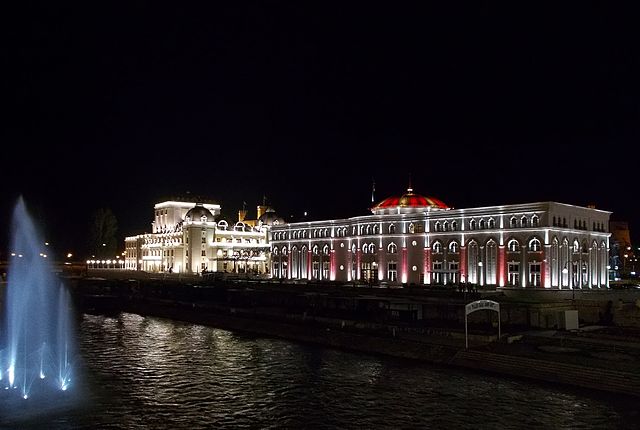
The Museum of the Macedonian Struggle, located in the heart of Skopje, North Macedonia, is a historical institution of immense significance. This museum is dedicated to preserving and showcasing the turbulent period of the Macedonian struggle for independence and self-determination during the late 19th and early 20th centuries. The museum’s distinctive architectural design combines elements from different historical periods, serving as an architectural symbol of the nation’s complex history.
Inside, the museum houses an extensive collection of artifacts, documents, photographs, and exhibits that narrate the story of the Macedonian struggle for statehood, encompassing the heroic efforts of individuals and revolutionary movements. Visitors can explore the multifaceted facets of this struggle, from the resistance against Ottoman rule to the challenges posed by neighboring states.
The Museum of the Macedonian Struggle plays a vital role in preserving the collective memory and cultural identity of North Macedonia. It stands as a testament to the resilience and determination of the Macedonian people in their quest for self-determination and sovereignty. For history enthusiasts and anyone interested in understanding the historical context of North Macedonia, this museum offers a captivating and educational experience, shedding light on a pivotal chapter in the nation’s history.
Historic and religious structures in Macedonia hold profound importance as cultural treasures and living testimonies to the nation’s rich and diverse heritage. These architectural wonders not only serve as historical archives but also embody the spiritual beliefs and artistic achievements of the Macedonian people through the ages. The intricate frescoes, exquisite mosaics, and architectural splendor found in ancient monasteries and churches like those in Ohrid, Skopje, and Bitola reveal the exceptional craftsmanship of their creators and the enduring power of faith.
Moreover, these sites bridge the gap between the past and present, allowing visitors to immerse themselves in Macedonia’s complex history. From the ancient Roman city of Heraclea Lyncestis to the Byzantine-era churches of Ohrid and the Ottoman-era mosques of Skopje, these structures offer a fascinating journey through time.
Beyond their historical and artistic value, these sites continue to be places of worship and pilgrimage, providing spiritual solace and cultural continuity for the Macedonian people. They remind us of the enduring power of faith, the importance of preserving our heritage, and the beauty of a multicultural society that has coexisted and thrived over the centuries. For travelers, they offer a chance to connect with Macedonia’s past and present, exploring the captivating intersection of history, culture, and spirituality in this vibrant Balkan nation.
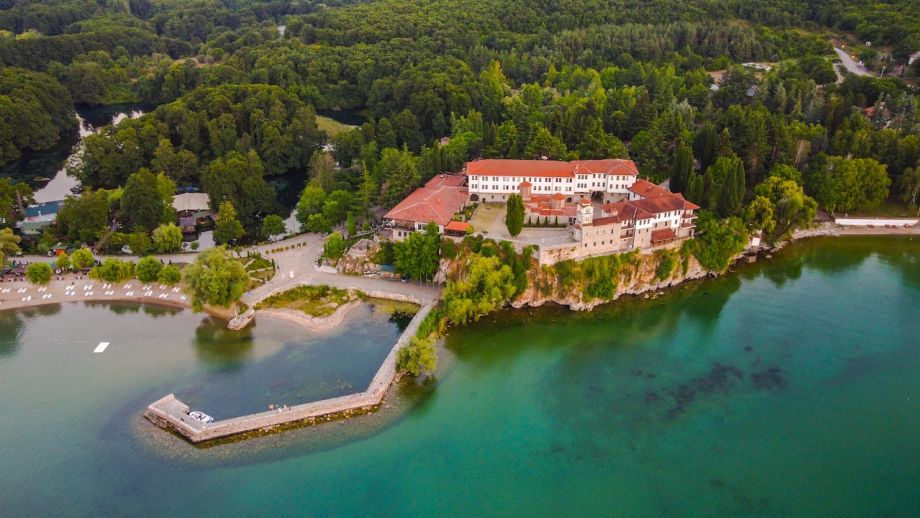
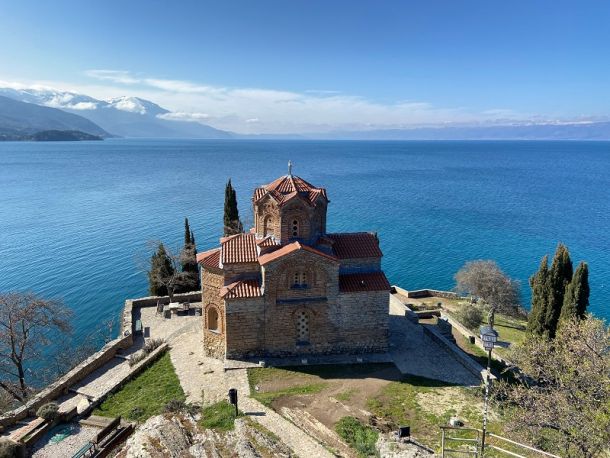

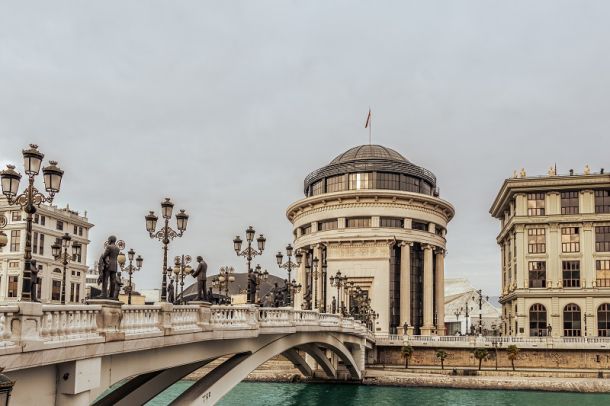





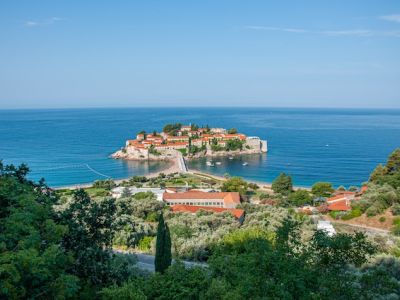

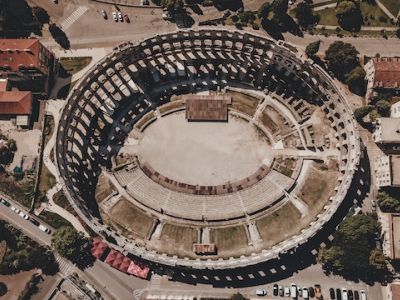
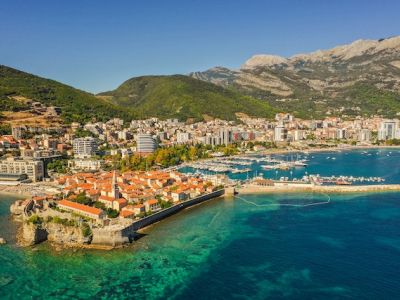
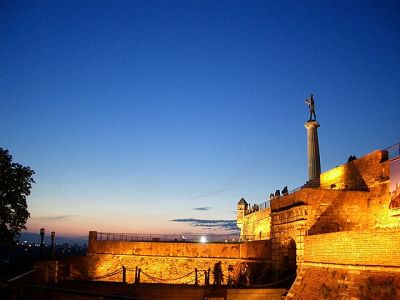
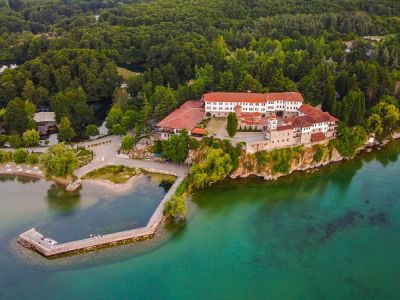
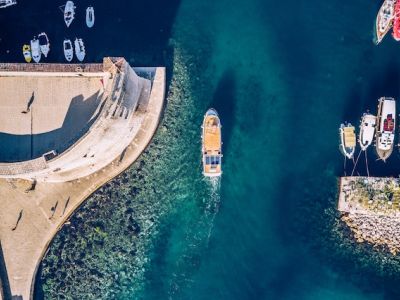
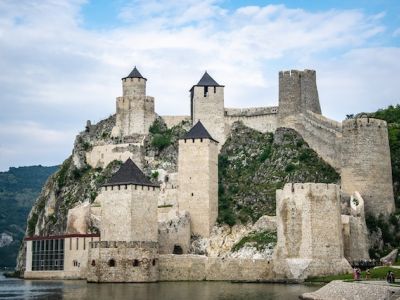
Leave a Reply